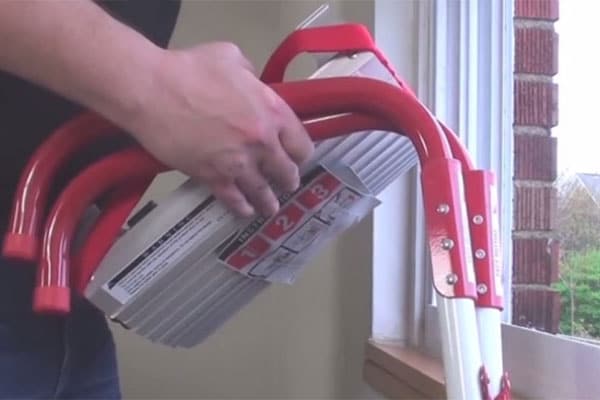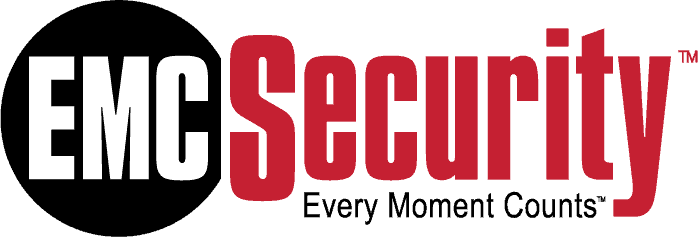Comprehensive Home Safety Checklist

Ensuring the safety and security of your home is an ongoing process. This checklist will help you identify and address potential hazards that may have developed over time:
Secure Your Entry Points:
- Check and reinforce locks: Examine all locks on exterior doors and windows for signs of wear and tear. Consider upgrading to smart locks for enhanced security.
- Door and window maintenance: Inspect door frames and window sills for rotting wood, gaps, or cracks.
- Sliding door security: Secure sliding doors with a Charley bar or secondary locking mechanism.
- Garage door safety: Test the automatic reverse feature on your garage door to ensure it stops and reverses if it encounters an obstacle.
Fire Safety & Checkup:
- Smoke and carbon monoxide detectors: Test all smoke and carbon monoxide detectors monthly and replace batteries twice a year. Replace detectors that are more than 10 years old.
- Fire extinguishers: Check the expiration dates on fire extinguishers and recharge or replace them as needed. Make sure everyone in the household knows how to use them.
- Chimney inspection: If you have a fireplace or wood-burning stove, have the chimney inspected and cleaned annually by a professional.
- Appliance safety: Clean lint traps on dryers after each use. Check electrical cords and gas lines for damage or wear.
EMC Security monitors for fire and CO at no additional monthly cost!
Childproofing:
- Install window guards or window stops to prevent falls from elevated windows.
- Use cordless window coverings to eliminate hazards for young children.
- Secure heavy furniture to walls using anti-tip brackets or straps to prevent tipping accidents.
- Install cabinet door locks. Place all cleaners and hazardous materials high up.
- Install security gates in strategic places such as at the stairways.
Water & Plumbing Safety:
- Water shut-off valve inspection: Locate and test the main water shut-off valve to ensure it works properly. Also, locate individual shut-off valves for toilets, sinks, and appliances.
- Leak detection and repair: Check for leaks under sinks, around toilets, in basements, and around water heaters. Look for stains, mold, or warped floors.
- Water heater maintenance: Flush your water heater tank annually to remove sediment buildup. Check the pressure relief valve for proper operation.
- Sump pump inspection: If you have a sump pump, test it regularly and clean the pit as needed. Ensure the discharge pipe directs water away from the foundation.
- Consider a smart-water detection device: If water is detected, you will be notified and can take quick action.
Electrical System Evaluation:
- Electrical panel inspection: Schedule a professional inspection of your electrical panel to ensure it’s up to code and can handle your home’s electrical load. Label all circuits clearly.
- Outlet and switch assessment: Examine all outlets and switches for discoloration, loose connections, or signs of overheating. Replace any damaged or worn components.
- GFCI and AFCI outlets: Verify that Ground Fault Circuit Interrupter (GFCI) outlets are installed in bathrooms, kitchens, garages, and outdoor areas.
- Electrical cords: Check all electrical cords for fraying, exposed wires, or damage. Replace any damaged cords immediately.
- Surge protection: Safeguard your electronics and appliances from damaging power surges, offering comprehensive protection from a central point.
Security System and Cameras
- Consider a free EMC Security professional consultation to assess your home’s specific needs and recommend the best security system for you.
- Activate/install alarm system: If your home has an existing alarm system, contact EMC Security to activate it. If not, consider installing a new EMC Security system for added protection.
- Test the alarm: Once the system is up and running, test it to make sure all sensors and alarms are working properly.
- Set up security cameras: Install cameras in strategic locations around your property. Review footage regularly to monitor for any suspicious activity. EMC Security can help you choose the right cameras for your needs.
- Check out our video doorbell for simple convenience and to deter package theft.
- Smart locks: Replace traditional locks with smart locks that can be controlled remotely via your smartphone.
Smart Home Integration:
- Connect smart devices: If you have smart locks, thermostats, or other devices, connect them to your EMC Security alarm or smart home hub.
- Set up routines and automations: Create schedules or triggers to automate tasks like locking doors at night or adjusting the thermostat based on your preferences.
- Remote access: Download the apps for your smart devices to control them remotely and receive notifications.
Exterior Safety Assessment:
- Landscaping: Trim overgrown bushes or trees that could provide cover for intruders. Remove any loose rocks or objects that could be used to break windows.
- Lighting: Install motion-sensor lights around your property, especially near entry points, walkways, and dark corners.
- Fence and gate inspection: Check fences and gates for damage or weak points.
- Sheds and garages: Secure these structures with sturdy locks. Consider adding EMC Security alarms or cameras for extra security.
- Pool area: If you have a pool, ensure it’s fenced off and has a self-closing, self-latching gate to prevent unauthorized access. This is also a good area for an alarm system device.
Additional Safety Tips:
- Create a home inventory: Take photos or videos of your belongings in case of theft or damage.
- Emergency kit: Prepare a kit with essential supplies like water, food, a first-aid kit, and flashlights.
- Get to know your neighbors: Building relationships with your neighbors can enhance your overall sense of security and community.
Home safety is an ongoing process. Regularly check your home’s safety features and make updates as needed.
